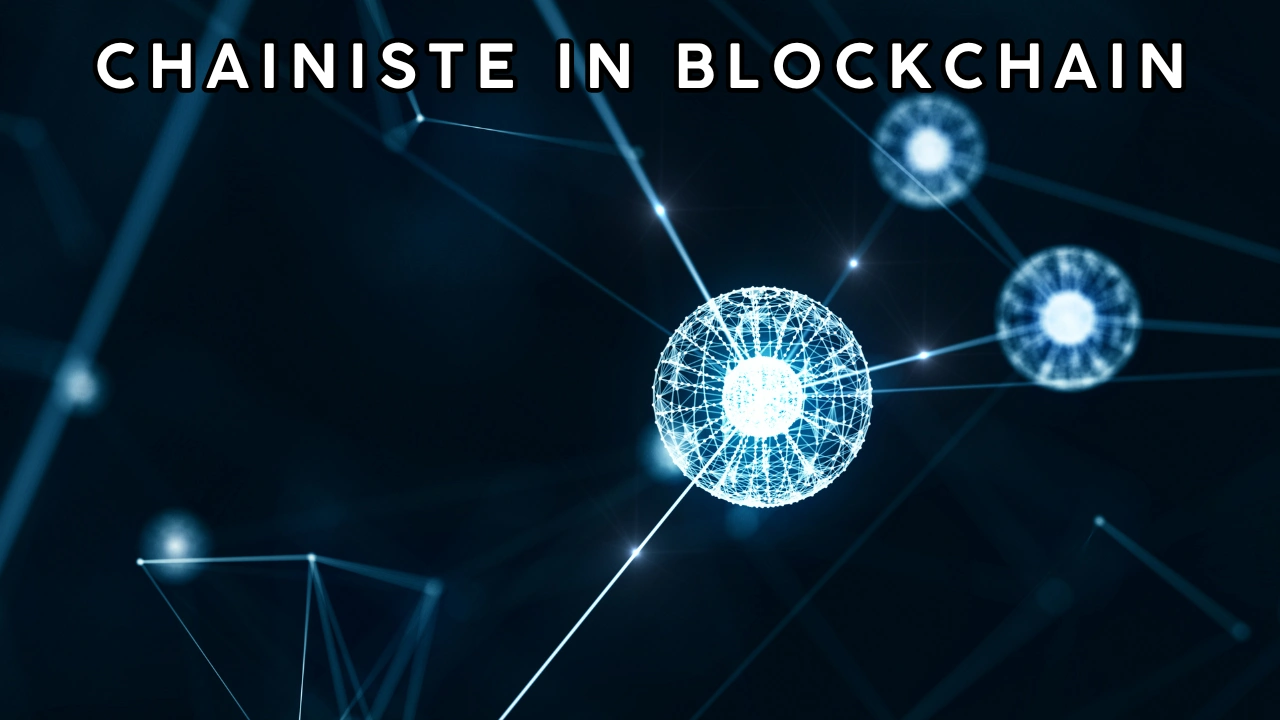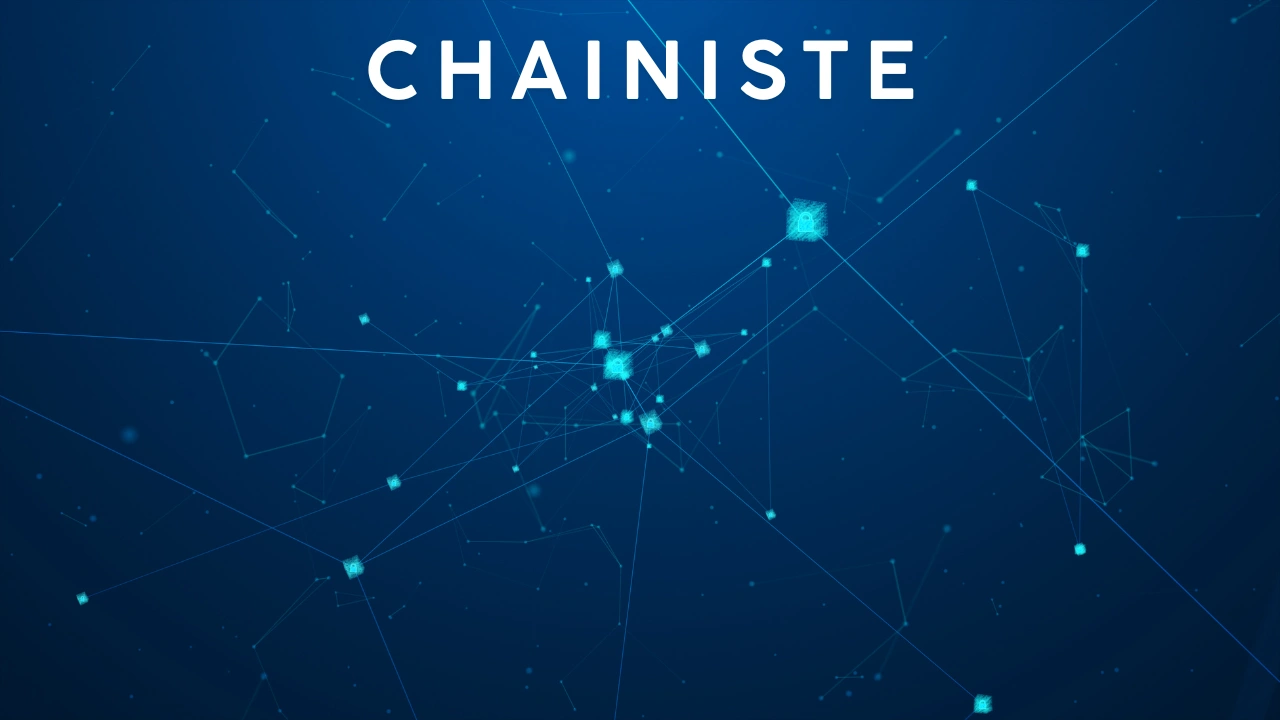Chainiste: Empowering Technology, Supply Chains & Blockchain in 2025
The term “Chainiste” has been gaining attention in various circles, but what exactly does it mean? If you’ve come across it and are curious, you’re in the right place. In this article, we’ll delve into its meaning, relevance, and potential applications. Whether you’re a tech enthusiast, a business professional, or simply someone exploring new ideas, understanding it could be beneficial.
Read More About Technology and Insights at techybowl.com
What Is Chainiste?
At its core, It is associated with systems that rely on interconnected components, often in the context of technology, supply chains, or blockchain innovation. The term may also describe individuals or groups specializing in the management, development, or optimization of such systems. In a rapidly digitalizing world, it is emerging as a concept that encapsulates the importance of seamless connectivity and efficiency.
Although the word Chainiste isn’t widely defined in dictionaries, its usage has grown in niche industries. It could refer to professionals or methodologies emphasizing the chain-like structure of processes or systems. As industries increasingly rely on interconnected networks, the role of a chainiste is becoming crucial.
The Significance of Chainiste in Modern Contexts
The relevance of it lies in its application across various domains. One of the most prominent areas is the blockchain industry, where decentralized ledgers operate on interconnected nodes. It could be an expert ensuring the smooth functioning of such systems, addressing challenges like scalability, security, and efficiency.
In the realm of supply chain management, it might refer to professionals optimizing logistics. With global trade growing more complex, efficient supply chain systems are vital. It could play a key role in streamlining operations, reducing costs, and improving sustainability.
Another potential application is in technology infrastructure, where It professionals work on ensuring robust connections between various digital components. From data centers to cloud computing, having a seamless chain ensures optimal performance.
How Does Chainiste Work in Practice?
Understanding how it operates requires breaking it down into practical examples:
- Blockchain Systems: Blockchain technology relies on interconnected nodes to verify and store data securely. It ensure that these nodes operate cohesively, enhancing the network’s reliability.
- Supply Chains: In supply chain management, It experts focus on maintaining efficient workflows, from production to delivery. Their role includes leveraging technology to track goods and optimize routes.
- Technology Infrastructure: Its professionals ensure that various systems, such as servers, databases, and user interfaces, communicate seamlessly. This reduces downtime and improves user experience.
The success of these practices often depends on their ability to analyze and adapt to dynamic challenges. By focusing on creating seamless connections, a chainiste contributes significantly to the overall efficiency of a system.
Why Is Chainiste Becoming Popular?
Several factors contribute to the rising interest in chainiste:
- Increased Complexity: As industries grow more complex, interconnected systems become essential. It provides a framework to manage this complexity effectively.
- Technological Advancements: The rise of blockchain, IoT, and AI has made interconnected systems a cornerstone of innovation. Its methodologies align well with these trends.
- Globalization: Businesses now operate on a global scale, necessitating efficient supply chains and communication systems. It plays a pivotal role in addressing these needs.
As these trends continue, the importance of it is expected to grow across various sectors.
Chainiste in Blockchain and Decentralized Systems

Blockchain technology is a shining example of how the principles of “chainiste” come into play. A blockchain is a digital ledger where information is stored across a decentralized chain of nodes. This setup ensures that no single point of failure exists, making the system robust and secure.
In this domain, a chainiste would likely be someone deeply involved in enhancing blockchain functionality. They might work on reducing energy consumption in mining processes, improving transaction speeds, or designing new use cases for blockchain. Their goal is to ensure that the chain becomes more efficient, scalable, and impactful for various industries.
| Aspect | Chainiste Contribution |
|---|---|
| Blockchain Security | Developing stronger encryption methods |
| Efficiency | Optimizing transaction processing time |
| Innovation | Creating new decentralized applications |
Key Benefits of Chainiste
Embracing chainiste offers several advantages:
| Benefit | Explanation |
|---|---|
| Enhanced Efficiency | Streamlines interconnected processes, saving time and resources. |
| Improved Reliability | Reduces the risk of failures in systems by ensuring seamless connectivity. |
| Cost Reduction | Identifies inefficiencies, leading to significant cost savings. |
| Sustainability | Promotes eco-friendly practices by optimizing resource use. |
By addressing these aspects, its methodologies empower organizations to achieve their goals more effectively.
Becoming a Chainiste Expert
If you’re interested in becoming a chainiste professional, here are some steps you can take:
- Learn the Basics: Understand the fundamentals of systems like blockchain, supply chains, or technology infrastructures.
- Get Certified: Various certifications in blockchain, logistics, or IT management can bolster your credentials.
- Stay Updated: Follow industry trends to keep up with advancements in chainiste methodologies.
- Gain Experience: Work on projects involving interconnected systems to develop practical skills.
By following these steps, you can position yourself as a valuable asset in industries that rely on chainiste practices.
Social Implications of Chainiste Philosophy
Beyond technology, the concept of “chainiste” extends to social systems as well. Humans are inherently connected through social, economic, and cultural chains. Emphasizing interconnectedness can foster collaboration, understanding, and progress.
An approach inspired by chainiste principles in social contexts might involve creating platforms that promote collaboration or addressing issues like inequality by strengthening communal ties. For example, social media platforms can adopt these principles by encouraging meaningful connections and discouraging toxic behaviors.
Challenges in Chainiste Applications
While the concept of chainiste offers numerous benefits, it also comes with challenges. For instance, maintaining seamless connectivity in large-scale systems can be complex. Ensuring security in blockchain networks or optimizing global supply chains requires expertise and resources. Additionally, adopting its methodologies may involve initial costs that some organizations might find prohibitive.
However, these challenges are often outweighed by the long-term benefits. With the right strategies and tools, businesses can overcome these hurdles and unlock the full potential of chainiste systems.
Future Prospects
The future of chainiste looks promising. As technology continues to advance, the need for interconnected systems will only grow. From blockchain innovations to AI-driven supply chains, its methodologies are poised to play a significant role in shaping the future.
Emerging trends, such as decentralized finance (DeFi) and smart cities, further highlight the importance of chainiste practices. By enabling seamless connections, its professionals will be at the forefront of innovation, driving progress in multiple industries.
Conclusion
In an interconnected world, the concept of chainiste is more relevant than ever. Whether it’s optimizing supply chains, enhancing blockchain networks, or improving technology infrastructures, its methodologies offer valuable solutions. By understanding and embracing this concept, businesses and professionals can stay ahead of the curve in an increasingly complex landscape.
As it continues to evolve, it holds the potential to transform industries and drive innovation. If you’re intrigued by this concept, now is the perfect time to explore its possibilities and make a meaningful impact.







